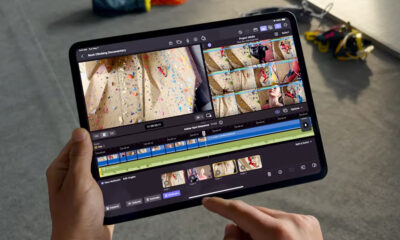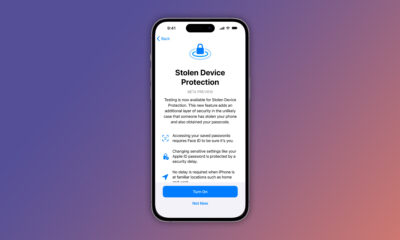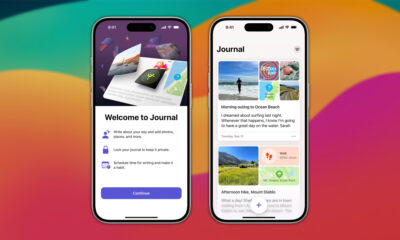News
Apple Close To Adding Diabetic Glucose-Tracking To Watches
The Cupertino company has been trialing the technology for a decade, and it now looks like diabetes sufferers will soon be able to monitor glucose using their Apple watch.
The Apple Watch has become a popular health and fitness monitoring tool in recent years, with features including a heart rate monitor, body temperature sensor, blood oxygen monitoring, and women’s health tracking. However, despite a growing feature set, the watch does have one notable omission: blood glucose monitoring.
According to data from the World Health Organization, around 422 million people worldwide have diabetes. Currently, the disease is monitored using a finger-prick test to measure glucose levels or by attaching patches to the skin.
Apple is now reportedly close to adding a non-invasive glucose monitoring solution to its watches after testing various technologies for the best part of a decade. However, it could still be a few years before the device is ready for mass-market application.
If Apple’s monitoring sensors get the green light from medical professionals, its smartwatches could also be used to screen users for pre-diabetic indicators, as well as help long-term sufferers to manage their condition without the pain and inconvenience of skin-prick testing.
Also Read: Saudi Arabia To Transform Downtown Riyadh By 2030
Apple will use a chip-based solution called “silicon photonics” to measure glucose levels, combined with absorption spectroscopy, which measures reflected light to gauge insulin. Although the technology hasn’t yet been peer-reviewed by scientists, the Cupertino company is thought to be deep into the proof-of-concept stage of testing.
Once Apple’s technology has been evaluated by researchers, the company will have to work on reducing the size of the chips, as experts believe that early prototypes are still too large to fit into the compact frame of a smartwatch.
News
Mamo Completes $3.4M Funding Round To Enhance Fintech Services
The startup will use the influx of cash to expand into Saudi Arabia and across the wider GCC while improving its product offering.

UAE-based fintech Mamo has announced the completion of a $3.4 million funding round that will help the startup extend its market presence and improve its product offering. Investors included 4DX Ventures, the Dubai Future District Fund and Cyfr Capital.
Mamo’s platform offers “payment collection, corporate cards and expense management” to help small and medium-sized businesses consolidate and streamline their operations. With the latest influx of capital, Mamo will further develop its comprehensive suite of services and begin testing its product lines in Saudi Arabia, further extending its footprint across the GCC.
Imad Gharazeddine, co-founder and CEO of Mamo, stated: “We’ve been in the market for a while now and are incredibly proud of what our team has achieved. The holistic and expansive nature of our product offering has helped us continue to grow sustainably. This additional funding will allow us to reach our medium-term goals even faster. The support from new and existing investors is a testament to our strong expertise and the ability to deliver on our customer promise”.
Daniel Marlo, General Partner of lead investor 4DX Ventures, added: “We have immense trust in Imad’s vision, leadership and Mamo’s innovative approach to provide a user-friendly and comprehensive financial solution for SMEs that makes financial management more accessible and efficient. We are proud to partner with them and support their mission”.
Also Read: A Guide To Digital Payment Methods In The Middle East
Amer Fatayer, Managing Director of Dubai Future District Fund’s investment team, also commented: “Mamo’s localized product lines serve as an infrastructure for SME payments and spend management in UAE, a segment that is underserved by the country’s current banking infrastructure. The team has taken a product-first approach to consolidating SMEs’ financial journeys and building a fintech solution deeply embedded in a business’s core operations”.
To date, Mamo has raised around $13 million in investment funding and now boasts a team of 30 people. The company’s intuitive financial services platform has allowed over 1,000 businesses to consolidate their financial operations and significantly reduce payment fees.
-

 News4 weeks ago
News4 weeks agoAmazon Prime Day 2024: Get Ready For 6 Days Of Amazing Deals
-

 News4 weeks ago
News4 weeks agoSamsung Unpacked 2024: What To Expect From The July 10 Event
-

 News4 weeks ago
News4 weeks agoCoursera Report Shows Surge In UAE Interest In AI Upskilling
-

 News4 weeks ago
News4 weeks agoMeet Dubai’s Groundbreaking Smart Robot Delivery Assistant
















